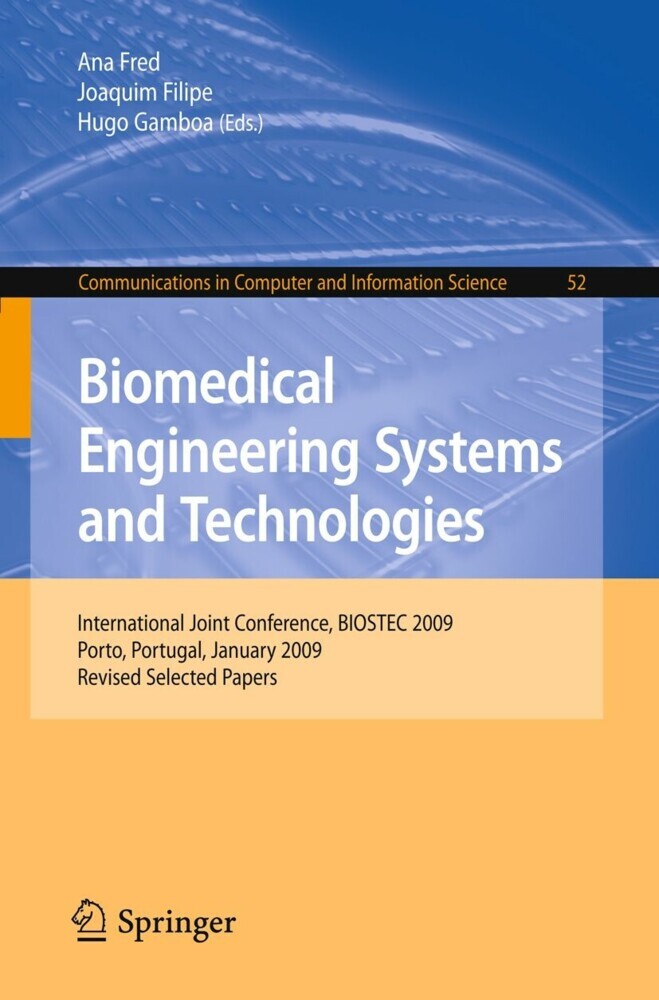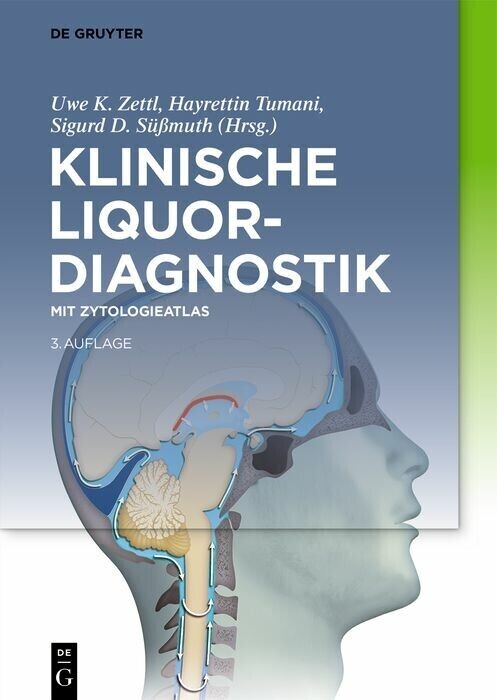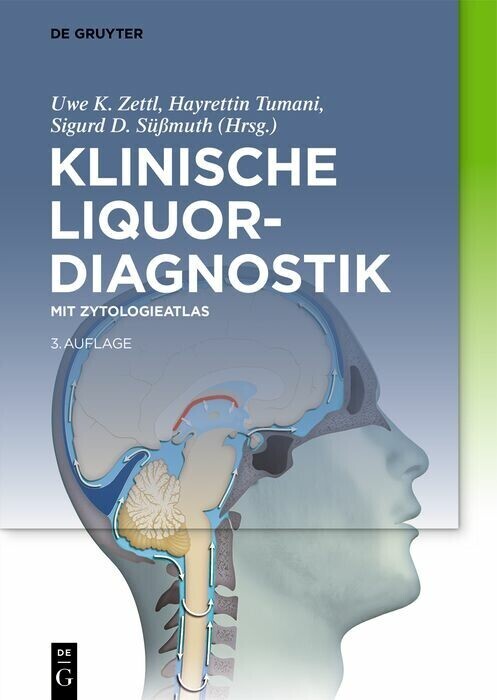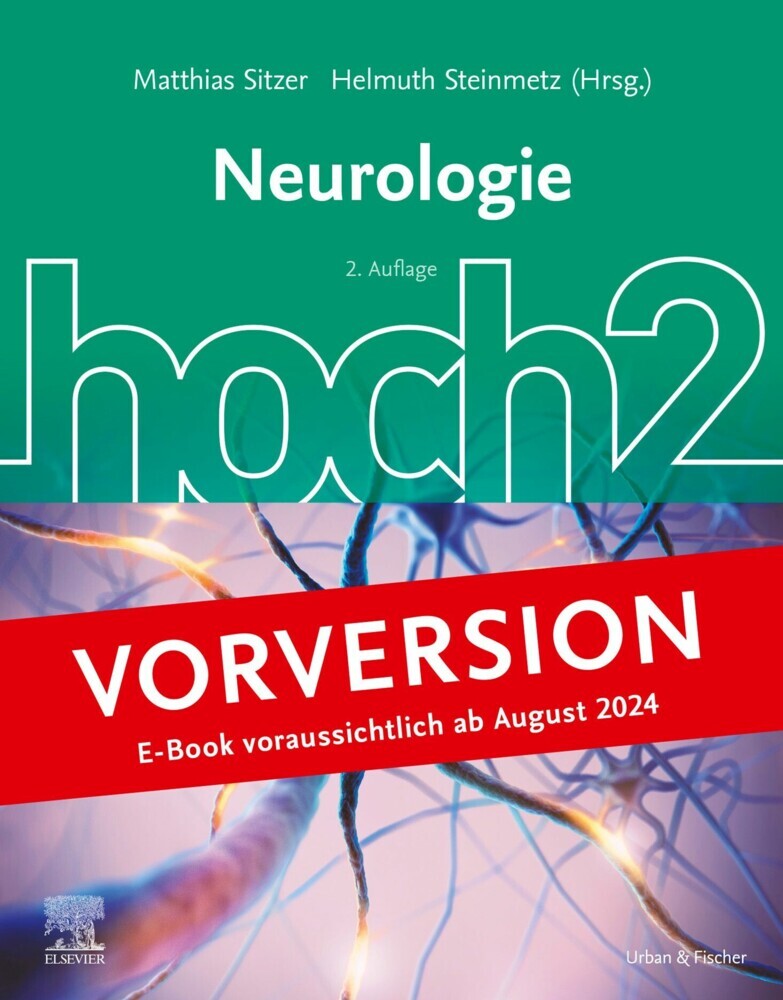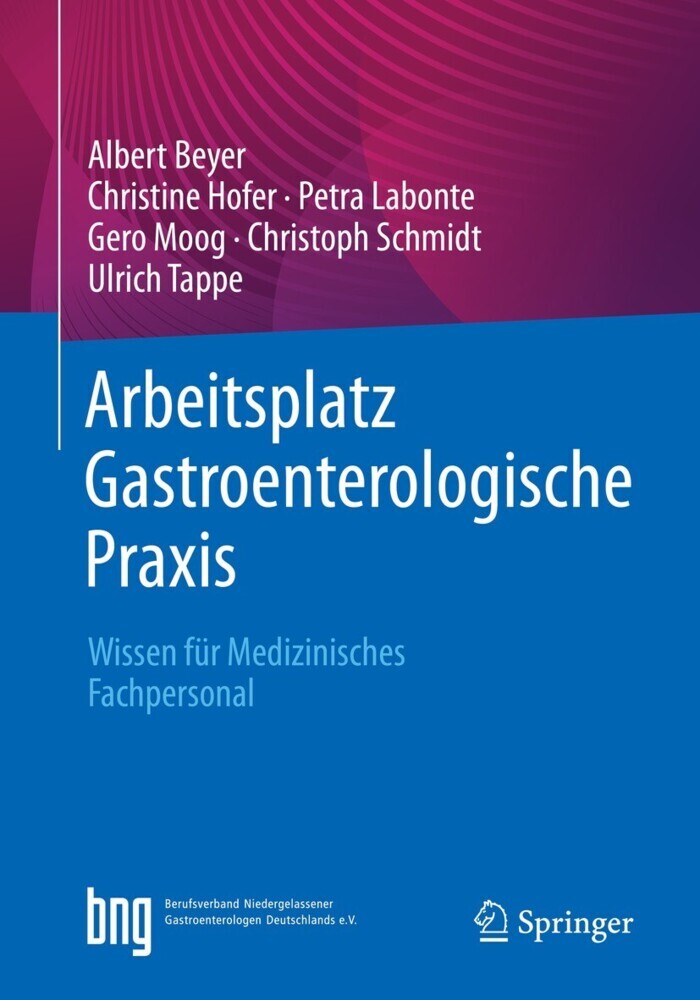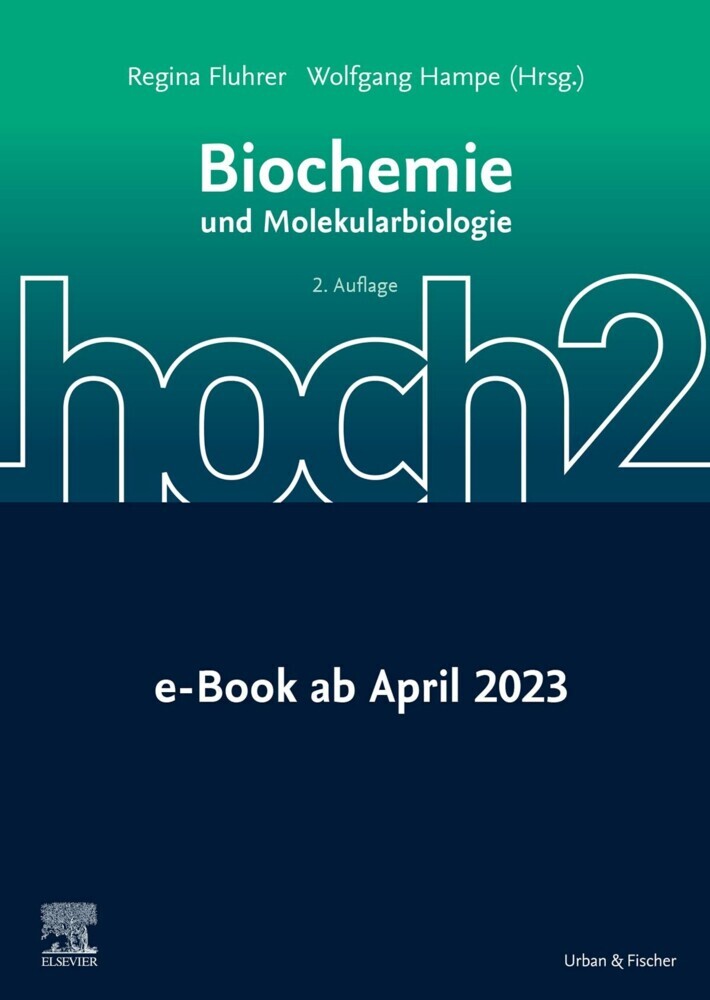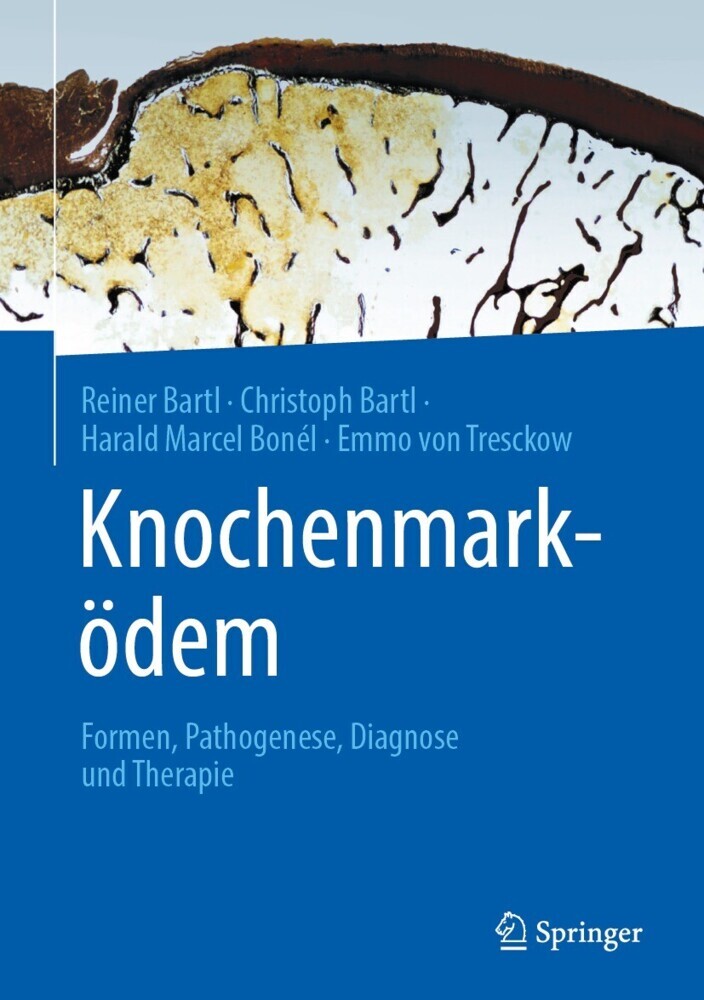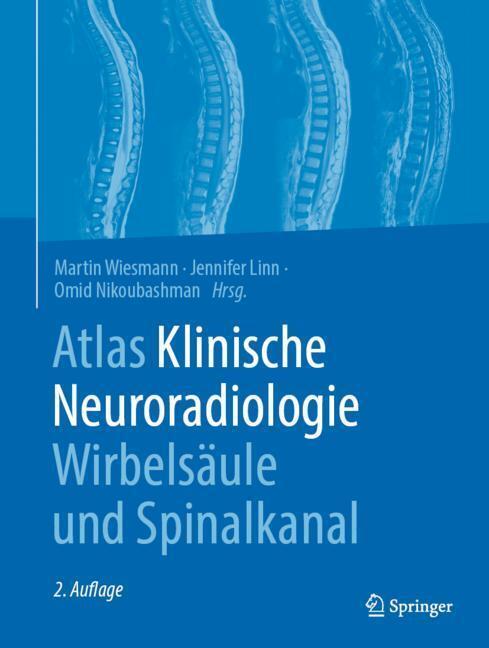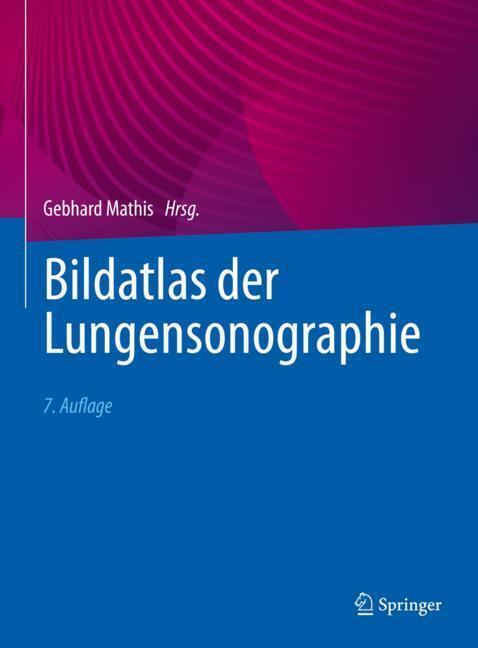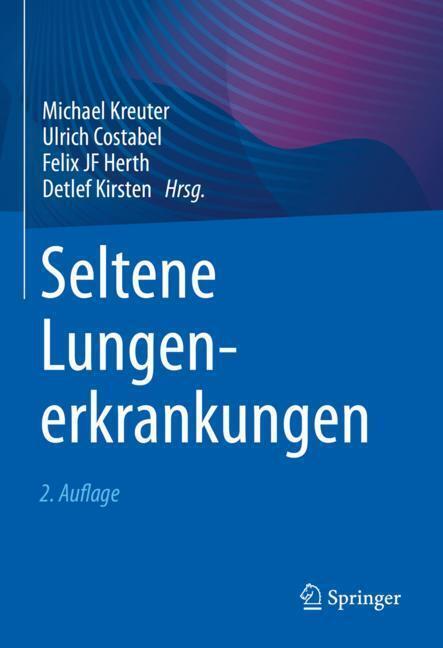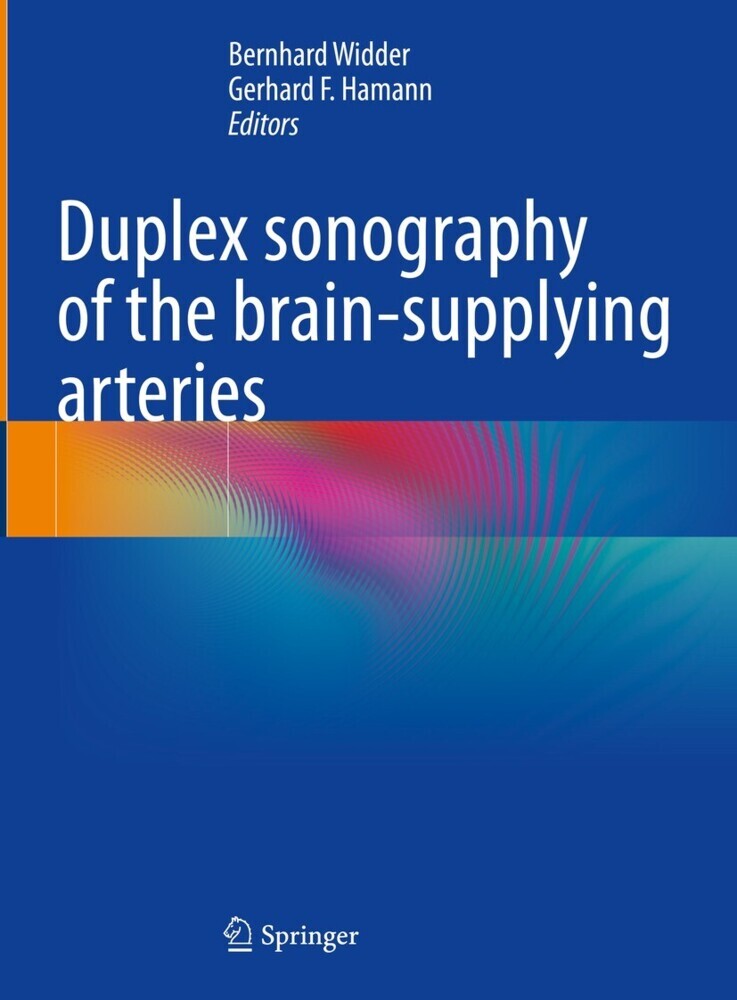Biomedical Engineering Systems and Technologies
International Joint Conference, BIOSTEC 2009, Porto, Portugal, January 14-17, 2009, Revised Selected Papers
Biomedical Engineering Systems and Technologies
International Joint Conference, BIOSTEC 2009, Porto, Portugal, January 14-17, 2009, Revised Selected Papers
This book contains the refereed proceedings with the best papers of the Second International Joint Conference on Biomedical Engineering Systems and Technologies (BIOSTEC 2009), held in Porto, Portugal, in January 2009. The 29 revised full papers presented together with two invited papers were carefully reviewed and selected out of 380 paper submissions. BIOSTEC was composed of three co-located conferences: BIODEVICES (International Conference on Biomedical Electronics and Devices) focus on aspects related to electronics and mechanical engineering, especially equipments and materials inspired from biological systems and/or addressing biological requirements. Monitoring devices, instrumentation sensors and systems, biorobotics, micro-nanotechnologies and biomaterials are some of the technologies addressed at this conference. BIOSIGNALS (International Conference on Bio-inspired Systems and Signal Processing) is a forum for those studying and using models and techniques inspired from or applied to biological systems. A diversity of signal types can be found in this area, including image, audio and other biological sources of information. The analysis and use of these signals is a multidisciplinary area including signal processing, pattern recognition and computational intelligence techniques, amongst others. HEALTHINF (International Conference on Health Informatics) promotes research and development in the application of information and communication technologies (ICT) to healthcare and medicine in general and to the specialized support to persons with special needs in particular. Databases, networking, graphical interfaces, intelligent decision support systems and specialized programming languages are just a few of the technologies currently used in medical informatics. Mobility and ubiquity in healthcare systems, standardization of technologies and procedures, certification, privacy are some of the issues that medical informatics professionals and the ICT industry in general need to address in order to further promote ICT in healthcare.
1;Preface;52;Organization;73;Table of Contents;104;Invited Papers;144.1;Computational Intelligence and Image Processing Methods for Applications in Skin Cancer Diagnosis;154.1.1;Introduction;154.1.2;Basic Image Processing;184.1.3;Engineering Decompositions of Images;214.1.4;How to Build a Good Classifier?;224.1.4.1;Model Types Used in Statistical Learning;224.1.4.2;Validation and Model Selection;234.1.5;Ensemble Methods;234.1.5.1;The Bias/Variance Decomposition for Ensembles;234.1.6;Model Training and Cross Validation;254.1.7;The ENTOOL Toolbox for Statistical Learning;254.1.7.1;ENTOOL Software Architecture;254.1.7.2;Primary Models Types;264.1.7.3;Secondary Models Types;264.1.7.4;Experience in Ensembling;264.1.7.5;Feature Selection;264.1.7.6;Results;284.1.8;Concluding Remarks;304.1.9;References;314.2;Affective Man-Machine Interface: Unveiling Human Emotions through Biosignals;334.2.1;Introduction;344.2.2;Background;364.2.3;Techniques for Classification;394.2.3.1;Analysis of Variance (ANOVA);394.2.3.2;Principal Component Analysis (PCA);414.2.3.3;k-Nearest Neighbors (k-NN);424.2.3.4;Support Vector Machine (SVM);434.2.3.5;Artificial Neural Networks (ANN);444.2.3.6;Leave-One-Out Cross Validation (LOOCV);454.2.4;Recording Emotions;464.2.4.1;Participants;464.2.4.2;Equipment and Materials;464.2.4.3;Procedure;474.2.5;Preprocessing;484.2.5.1;Normalization;484.2.5.2;Baseline Matrix;484.2.5.3;Feature Selection;484.2.6;Classification Results;494.2.6.1;k-Nearest Neighbors (k-NN);504.2.6.2;Support Vector Machines (SVM);504.2.6.3;Artificial Neural Networks (ANN);514.2.6.4;Reflection on the Results;524.2.7;Discussion;534.2.8;Conclusions;554.2.9;References;555;Part I BIODEVICES;605.1;On-Chip Biosensors Based on Microwave Detection for Cell Scale Investigations;615.1.1;Introduction;615.1.2;Biosensor RF Design: From Few Cells to Single Cell Detection;635.1.2.1;Compact RF Band Stop Resonator Biosensor;635.1.2.2;Ultra Sensitive Biosensor Based on a RF Filter Design Approach;655.1.2.3;Fabrication Process Details;675.1.3;Experimental Protocol for in Vitro RF Characterization;685.1.4;Results and Discussion;705.1.4.1;Stop Band Resonator Sensor Experiments;705.1.4.2;Band Pass RF Filter Sensors Measured Capabilities;715.1.5;Conclusions;725.1.6;References;725.2;Improvements of a Brain-Computer Interface Applied to a Robotic Wheelchair;745.2.1;Introduction;745.2.2;Background;755.2.3;Method;765.2.3.1;Graz Dataset;775.2.3.2;UAH Dataset;775.2.3.3;Feature Extraction: PSD;785.2.3.4;Feature Extraction: AAR/RLS;785.2.3.5;Classifier: SVM;795.2.4;Results;805.2.5;Conclusions;825.2.6;References;835.3;Wavelet-Based and Morphological Analysis of the Globa lFlash Multifocal ERG for Open Angle Glaucoma Characterization;845.3.1;Introduction;845.3.2;Methods;855.3.2.1;Obtaining the Signals;855.3.2.2;Study of Severe Lesions by Wavelet Analysis;885.3.2.3;Study of Slight Lesions by Morphological Analysis;895.3.3;Results;905.3.4;Conclusions;935.3.5;References;945.4;Biotin-Streptavidin Sensitive BioFETs and Their Properties;955.4.1;Introduction;955.4.2;Method;965.4.3;Simulation;985.4.4;Results;995.4.5;Conclusions;1035.4.6;References;1045.5;Improving Patient Safety with X-Ray and Anesthesia Machine Ventilator Synchronization: A Medical Device Interoperability Case Study*;1065.5.1;Introduction;1065.5.2;Clinical Use Case;1075.5.3;Problem Statement and Challenges;1085.5.4;System Description;1095.5.4.1;Hardware;1105.5.4.2;Software;1115.5.4.3;SOAP;1115.5.4.4;Synchronization Algorithms;1125.5.4.5;Alarms;1145.5.5;Modeling and Verification;1155.5.6;Code Generation and Implementation;1175.5.7;Conclusions;1185.5.8;References;1195.6;A Ceramic Microfluidic Device for Monitoring Complex Biochemical Reactive Systems;1205.6.1;Introduction;1205.6.2;Design;1215.6.3;Device Fabrication;1225.6.3.1;Biocompatibility Testing;1225.6.3.2;Processing Procedures;1265.6.4;Device Characterization;128
Fred, Ana
Filipe, Joaquim
Gamboa, Hugo
| ISBN | 9783642117213 |
|---|---|
| Artikelnummer | 9783642117213 |
| Medientyp | E-Book - PDF |
| Copyrightjahr | 2010 |
| Verlag | Springer-Verlag |
| Umfang | 416 Seiten |
| Sprache | Englisch |
| Kopierschutz | Adobe DRM |

